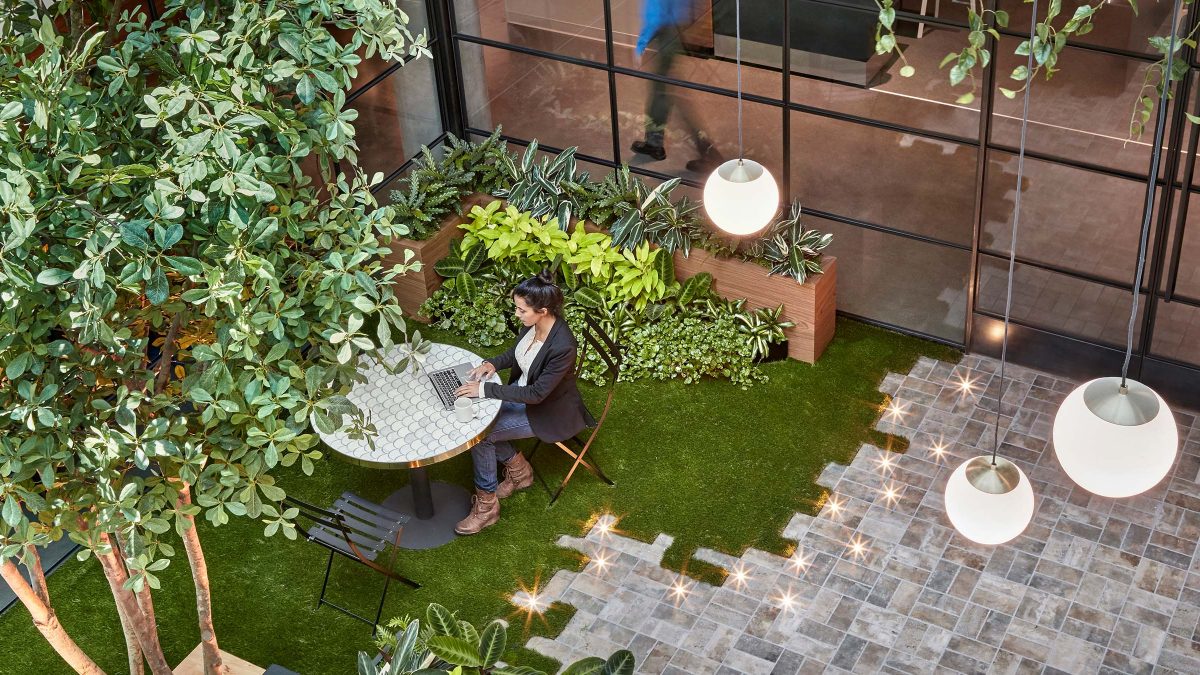






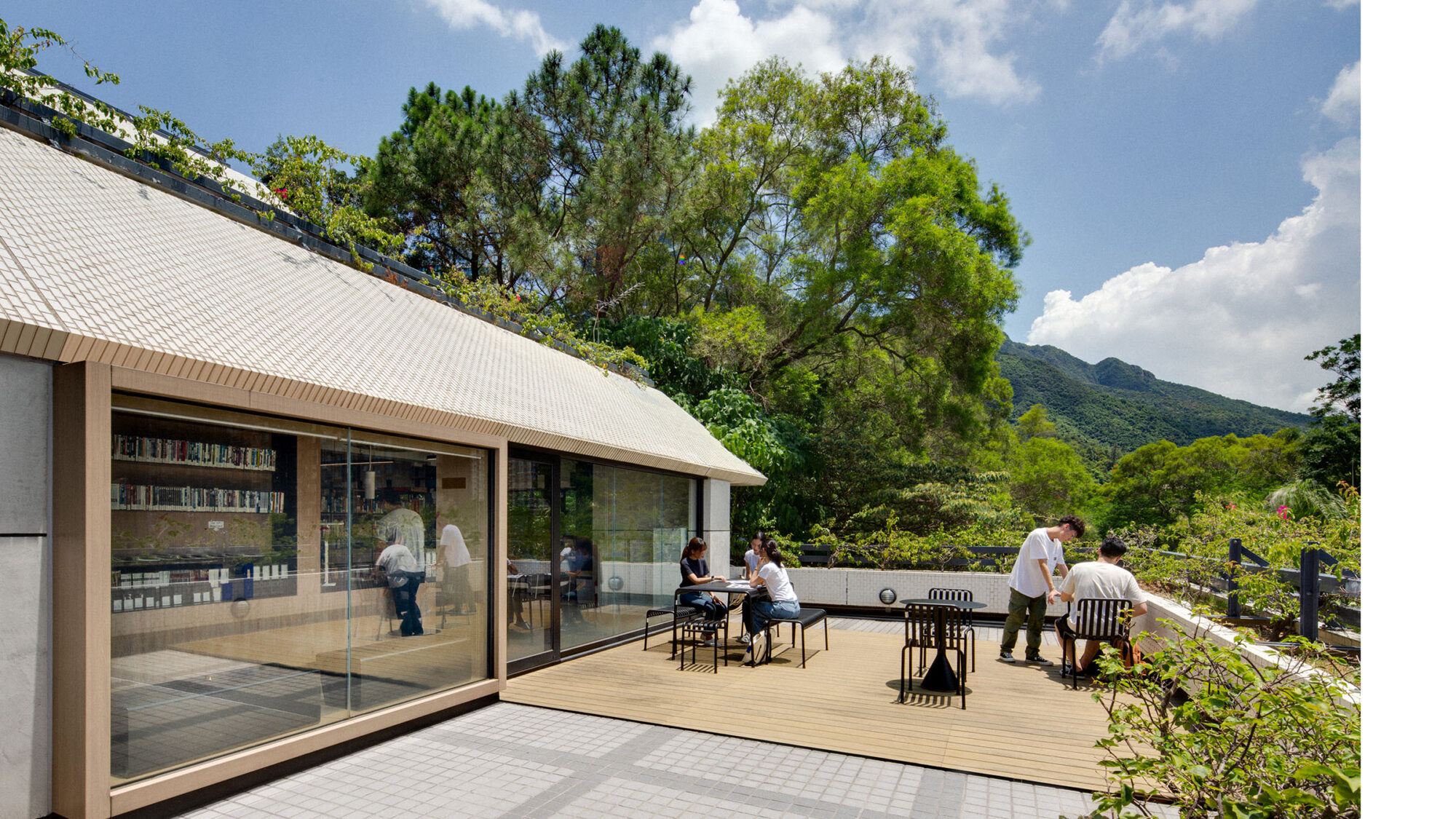



New York City stands as a force in the field of sustainable architecture and green building design. The city’s skyline is progressively transforming into a model of resiliency. This transformation is spearheaded by architecture and interior design firms dedicated to environmentally conscious principles. As more firms integrate sustainable building design strategies, the emphasis is on aesthetics, environmental stewardship and energy efficiency.

New York City is making significant strides in the realm of sustainable building innovations. This progress is underpinned by rigorous city-wide policies and initiatives that promote green construction and environmental resilience.
The city’s comprehensive strategic climate plan, PlanNYC, emphasizes reducing emissions and improving sustainability in large private buildings through Local Law 97. This law mandates significant emissions reductions by 2030 with the aim for carbon neutrality by 2050. It has also propelled advancements in energy-efficient design and construction. Examples include incorporating a cooling infrastructure in new buildings to combat increased heat waves predicted for the upcoming decades.
Moreover, New York’s commitment to sustainable building is also evident in the NY State FY 2024 budget. The budget indicates substantial investments in sustainable buildings. Additionally, it emphasizes the creation of zero-emission homes and the reduction of greenhouse gas emissions from the building sector. This is supported by the city’s initiatives to incorporate mass timber in new construction projects across the boroughs, helping enhance both sustainability and community resilience. Projects are diversified across educational, residential, commercial and public building sectors. Each showcase a broad commitment to low-carbon building materials and innovative construction techniques.
Such progressive policies and diverse projects reflect New York’s leadership in sustainable building practices. Also, they set a benchmark for cities worldwide. Overall, a shift toward more eco-conscious urban development is supported throughout the city.
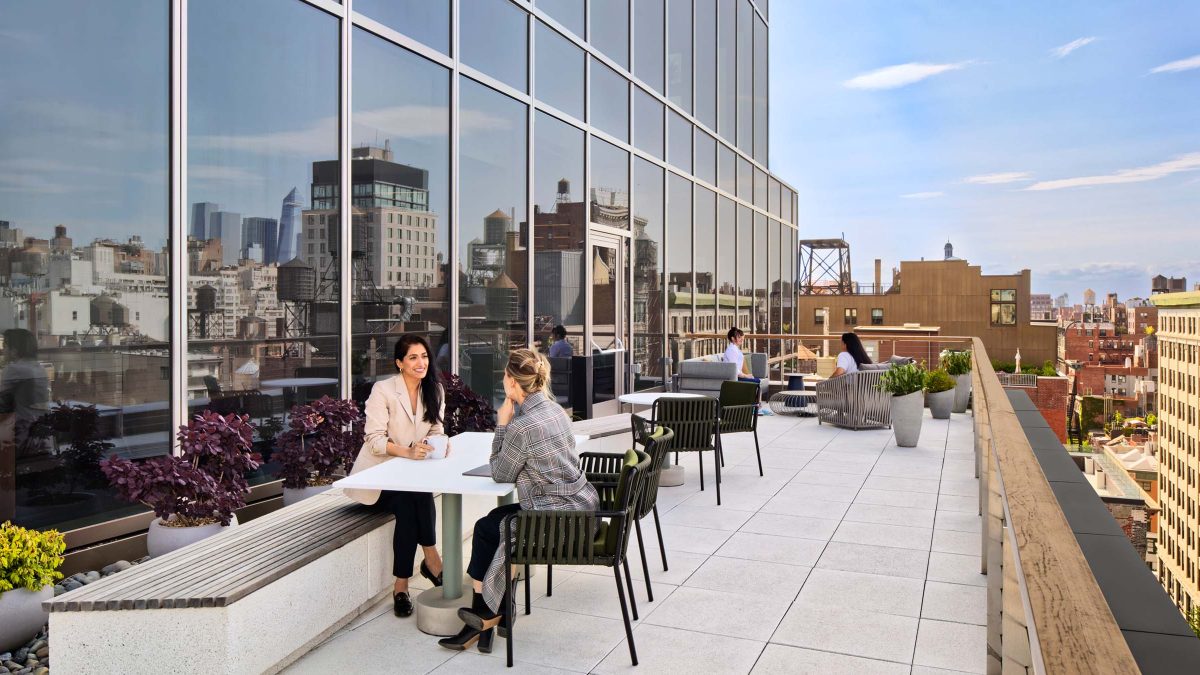
In NYC, initiatives for green building design are integral to the city’s developmental ethos. Architecture firms are at the forefront, adopting rigorous standards such as LEED, BREEAM and ILFI’s Zero Carbon certification. This ensures that new developments are not only visually appealing but also environmentally sustainable.
These initiatives significantly contribute to reducing the urban carbon footprint, aligning with the city’s ambitious environmental goals.
Additionally, the city continues to champion energy efficiency measures in building design and operation through initiatives like the NYC Accelerator. This program assists building stakeholders in improving energy performance and reducing emissions.
Furthermore, New York’s strategic climate plans, such as PlaNYC, include actions to adapt urban infrastructure to climate risks like heatwaves and flooding, focusing on resilience.

Efforts and innovations across sustainable building practices for offices and commercial spaces are robust. Modern buildings can be designed with energy efficiency at their core. They can leverage automated systems to minimize power consumption and incorporating renewable energy sources wherever feasible. These innovations not only support sustainability but also offer operational cost savings over time.
The examples below represent just a slice of New York City’s efforts and commitment to integrating sustainable building practices and technologies into its urban landscape.
Net zero buildings: Projects like The House at Cornell Tech on Roosevelt Island is one of the largest Passive House buildings in the world. It showcases energy-efficient design that meets rigorous Passive House standards, drastically reducing its energy consumption compared to conventional buildings.

Green roofs and vertical gardens: NYC has several buildings that incorporate green roofs and vertical gardens. These help reduce the urban heat island effect, improve air quality and provide green spaces. The Javits Center’s green roof, one of the largest in the United States, not only helps in temperature control but also supports local wildlife.

Solar energy innovations: The adoption of solar panel installations across residential, commercial and municipal buildings in NYC has increased. They are supported by city incentives and programs aimed at enhancing renewable energy usage. This includes large-scale solar installations in places like Queens and Staten Island.
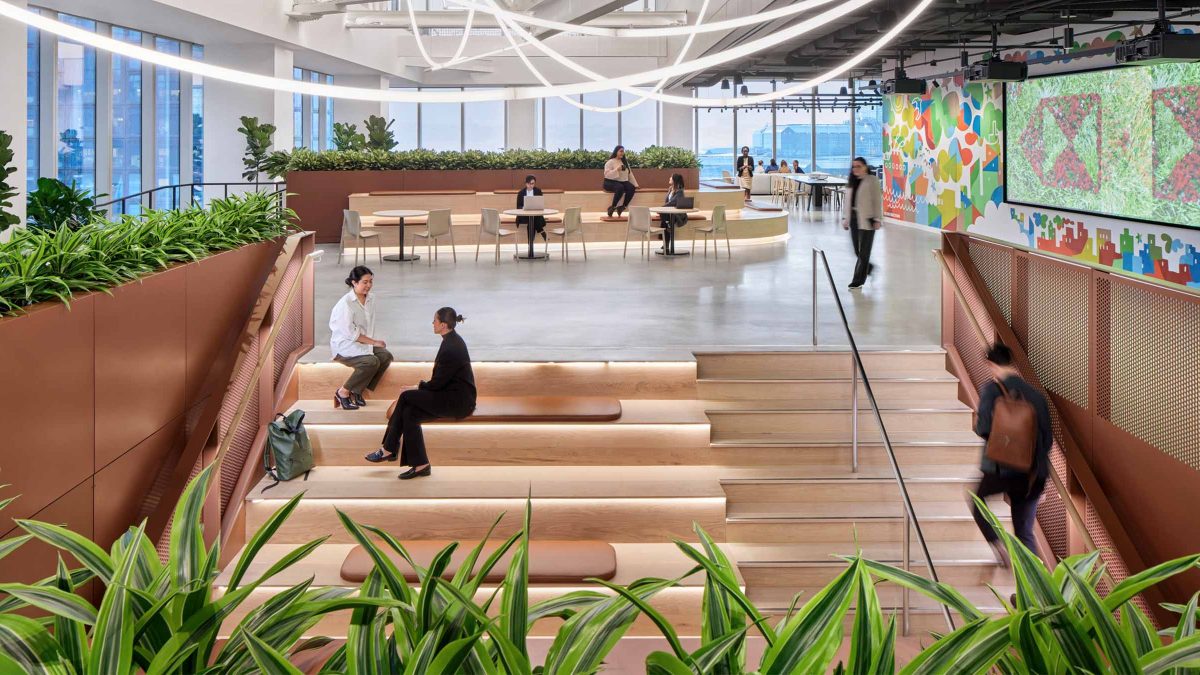
Green building practices increasingly define commercial architecture in New York. Here are a few examples of principles that collectively aim to reduce the environmental impact of buildings while also focusing on sustainability, health and wellness and cost savings:
Energy efficiency
• Design buildings to minimize energy use.
• Utilize renewable energy sources.
• Incorporate energy-efficient HVAC and lighting systems.
• Enhance insulation and use high light-reflective surfaces.
• Optimize building orientation and window placement for natural light and ventilation.
• Use automated systems to monitor and control energy use and reduce ‘phantom power’.
Water efficiency
•Install water-efficient fixtures and appliances, like low-volume toilets and low-flow showerheads.
•Implement rainwater harvesting systems to collect and reuse water for non-potable uses.
Material selection
•Focus on reducing embodied carbon and selecting low-impact materials.
•Avoid materials containing harmful chemicals (‘forever chemicals’).
•Use recycled, reclaimed or locally sourced materials.
•Ensure all wood and natural materials are sustainably and ethically sourced.
•Prioritize durable and long-lasting materials.
Indoor environmental quality
•Provide a healthy and comfortable indoor environment.
•Maintain good indoor air quality and thermal comfort.
•Use low-VOC materials and ensure proper ventilation.
•Implement biophilic design elements.
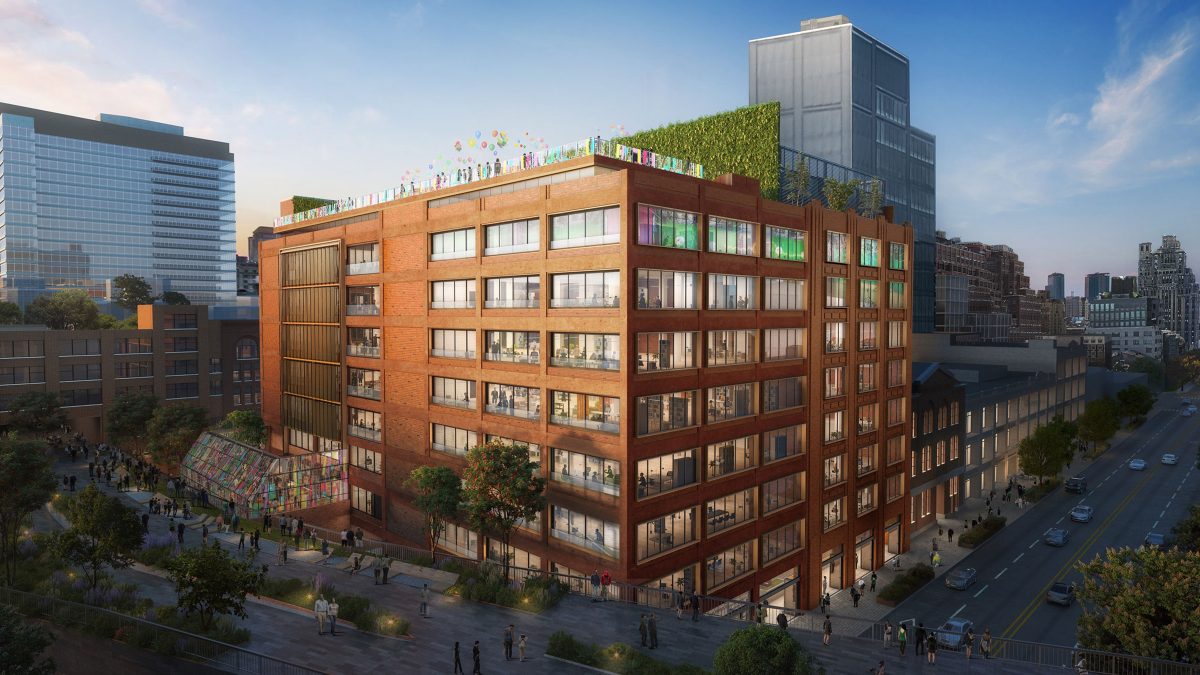
As an architecture and interior design firm, our dedication to developing sustainable and environmentally friendly workplace environments remains paramount. Here’s an example of how we approach the sustainable building design process:
1. Site analysis and selection: We assess potential sites to ensure that the chosen location has the least possible environmental impact and aligns with client specifications and sustainability goals.
2. Energy efficiency integration: Our designs incorporate highly efficient energy systems, including LED lighting and heat-recovery HVAC systems. Additionally, we integrate renewable energy solutions such as solar panels to reduce overall energy use and reduce operational carbon emissions.
3. Water conservation measures: We install water-efficient fixtures and devices. When feasible, our projects include greywater and rainwater harvesting systems to enhance water conservation efforts.
4. Sustainable material usage: Our interior design choices favor materials that have minimal environmental impact. We opt for repurposed, locally sourced and sustainably certified materials, avoiding those listed as harmful or unsustainable. Our focus is on durability and longevity to minimize waste and replacement frequency.
5. Indoor environmental quality enhancement: We prioritize a healthy indoor environment by ensuring good air quality, thermal comfort and natural lighting. This involves using air filtration systems, effective ventilation, and incorporating elements of biophilic design to connect indoor spaces with nature.
These strategies help underscore our commitment to meet and exceed the sustainability standards expected in modern office design.

Embracing sustainable building design is fundamental as we strive for a net zero future. By implementing core principles of green construction, we establish a foundation for design and development projects. These projects prioritize environmental health, community wellbeing and economic viability.
Reach out to our multidisciplinary team today to explore how we can partner on your next project. Let’s create sustainable building designs tailored to your needs and the needs of the planet.
